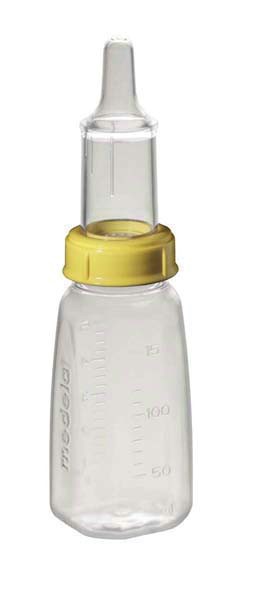Epidermolysis bullosa
2.1. Prevention of skin lesions
Newborn protection is a fundamental aspect of EB treatment and is essential in all basic daily activities to varying degrees.
When holding the baby, it's advisable to use a pillow or soft blanket to minimize pressure on the body parts being supported. If such items are unavailable, placing the baby on its side and using one hand to support its head and the other for its buttocks is recommended. To lift the baby, gently tilt it backward and raise it in a smooth motion. Avoid holding the baby by the armpits, as this area is particularly susceptible to blisters from pressure or friction.
Clothing is often a significant concern for parents. It is recommended to dress babies in a single garment that covers the entire body, such as an overall, especially during the first months of life. If possible, choose one that fastens at the front to avoid turning the baby. Diapers can be used as usual, but it’s important to ensure they are the correct size to prevent friction. Sometimes, using a larger size can help reduce pressure, or cutting the elastics of the diaper may alleviate friction. Protecting the areas where the diaper contacts the skin with barrier creams, vaseline, or dressings can help prevent injuries.

As we will now see, breastfeeding is the preferred feeding method in all new-borns up to 6 months of life, including babies with EB. It provides nutrition that is perfectly adapted to each child's needs, supporting optimal development and a strong immune system. However, special considerations must be taken into account for both breastfeeding and bottle feeding (with either maternal milk or formula) due to the risk of oral injuries and friction from the nipple contact, which may make feeding uncomfortable.
The blisters which appear in the oral mucous membrane can be difficult to punction with a needle, so it might be useful to use a cotton swab soaked in some disinfectant and debriding (fit for ingestion) solution.
Some tips that might be useful are: using gels or lubricant oils in the nipple area and/or the mouth and cheeks of the baby, offering the breast frequently and letting the baby suction as long as it needs (what we call breastfeeding on demand); if the breasts are full it might be useful to manually extract a small amount before offering the feed to make the emptying easier, extracting the maternal milk and administering it with a cup or a soft spoon, etc. In any case, it is recommended to seek advice from a professional nurse who is an expert on maternal lactation in order to get to know the best recommendations in each case as for positioning and other techniques to reduce injuries.
In the case of maternal lactation not being possible for any reason or that artificial lactation should be reinforced, the paediatrician and/or the nutritional specialist will advise you if any specific nutritional supplement needs to be followed.
The baby needs to suction to feed, and this movement can be very painful if there are thrushes or ulcers in the pharynx, so we can help the baby do this suction movement using large and soft teats, for example silicone teats or the feeding teat for special needs type “Haberman” (see image below). This type of teats for special needs have a unidirectional valve incorporated easing the ingest of milk and allows the child to make the suction easier and softer, easing the milk ingestion and minimizing the injuries. In some cases, it can be useful to lubricate the teats with oral gels or oils fit for ingestion to minimize the injuries by friction. Another useful tip could be to make the teat hole bigger to ease the output of milk and minimize the suction effort made by the baby and, so, minimizing the friction (without being big enough to cause chocking).

For all the other activities, the baby can have a relatively normal life, avoiding contacts as much as possible, but trying to ensure a normalized psychomotor development. We should not obsess with the prevention of injuries as many times they appear without apparent cause and can be very frustrating. It may be the most complex part, but it is important to accept that as perfectly as we do everything, blisters and injuries can appear.